All Roads Show You No Way Out
Book Review: The Cars, Let The Story Be Told
If you were around to hear the New Wave as it crested, then you probably remember how the mainstream reacted. You see, no one had told them about CBGB’s, and Trouser Press wasn’t sold in the uninviting ‘burbs where they had been standing around in their faded Santana t-shirts. To them, the water seeping into their earth shoes must have felt particularly cold. But The Cars; that was something they could understand.
Assembled in a version of Boston that was busy juggling top shelf sports, racial tensions and a booming rock scene, their sleek and detached sound was perfectly pitched to meet the rise of FM radio. And even if they hadn’t gotten there first, the band’s debut album seemed to arrive like a 1978 Lotus Esprit fueled on chilled Cristal.
But Bill Janovitz's deep dive into the band’s history in "The Cars, Let The Story Be Told" tells the saga of a long slog from midwestern hootenannies, to sleeping in New York City parking garages, to playing soft rock originals around the ivy clad streets of Cambridge, Mass. Ric Ocasek, the tall, lank figure who stood center staged like a dark praying mantis, wrote all the songs. By his side was possibly the best-looking bass player on the planet, a Berklee music grad on left-handed lead guitar, and a drummer and keyboardist that decided being musically tasty and tight was better than being Emerson, Lake and Palmer.
Thanks to the smooth radio vox of WBCN’s Maxanne Sartori, who was close enough to Ocasek to nudge him into reconfiguring the nascent version of his band before spinning their early demos on air, the local buzz surrounding The Cars was mounting. And once an A&R rep from Elektra records saw them at a cafeteria gig on the campus of Harvard University, their fortunes were more or less set. With the addition of Queen producer Roy Thomas Baker (another Sartori suggestion…), they were off to London to record their debut, as Janovitz’s keenly points out, “just over year after the band played their first show.”
Ed. note: I was in a comedy group at that time called "Boston Comedy Network" and we opened for The Cars at an M.I.T. afternoon cafeteria "beer blast" very early in the band's career (so early that guitarist Elliott Steinberg [Easton]) wasn't wearing a hairpiece). I did my Bryan Ferry impression and Rick Ocasek took the time to compliment me on it. The Cars were very good even then and I'm wondering if the cafeteria was at M.I.T. and not Harvard.
The results were nothing short of perfect. Without a duff track among the record’s nine songs, the album was an ideal antidote for a U.S. pop audience trapped between the quaalude haze of Fleetwood Mac’s Rumours and the relentless throb of the “Saturday Night Fever” soundtrack. For his part keyboardist Greg Hawkes didn’t have any pretensions of how The Cars slotted into the popular music of the late 70’s:
“We were always lumped in with the beginning of the New Wave, which as I recall, was a reaction to the end of the Disco era. We weren’t as sonically aggressive as the Punk records were. Plus we genuinely liked having hooks.”
The book’s narrative moves over a dense 267 pages from the crystalline energy of that first release to the frustration of the band’s publishing split nine years later. Groupies, management deviations and problematic girlfriends ran headlong into Ocasek’s monolithic need to control the band’s output. Their final long player “Door To Door,” was as dull as their previous records had been at the very least…catchy. Their final tour as a five piece was poorly attended and in the end Ocasek’s disinterest in carrying on scuttled the band.
Covering the circumstances of their 2011 reunion record following the death of bassist Ben Orr to cancer, Janovitz does a good job of delving into the complicated psychologies that propel a top tier band back into the studio after decades of little to no contact. Ocasek was by turns frail and sweet, and then disengaged and inflexible. But ultimately the absence of Orr and Ocasek’s failing health kept them realizing any sort of triumphant return in the studio or on the road.
Among many things included here, Janovitz is right about the first record being “positively futuristic and familiar at the same time.” But like the band’s stage presence, there’s little drama in the often procedural way he often recites their history. The book is undoubtedly well researched and thorough (which beats gimmicky…), but the narrative is somewhat staid even as it picks apart tough moments, like the time the band are hurtling into the chaos and interpersonal tension that reigned over their appearance at Live Aid. Then again Greg Hawkes professes in his foreword that he “…learned things about The Cars that I never knew before…” which speaks to the book’s clear worth in other ways.
As Hall of Famers (for whatever that’s worth in a post-Cher, post-Dave Matthews induction world), The Cars are certainly worth the examination. The 18 out of 20 legit pop triumphs that make up their “Complete Greatest Hits” comp easily justify that. But for all attention to detail that Janovitz builds into the narrative, you’re left with a feeling similar to the one you might have had watching The Cars perform live; as in ‘here’s all this great material, but why am I left a touch unsatisfied?


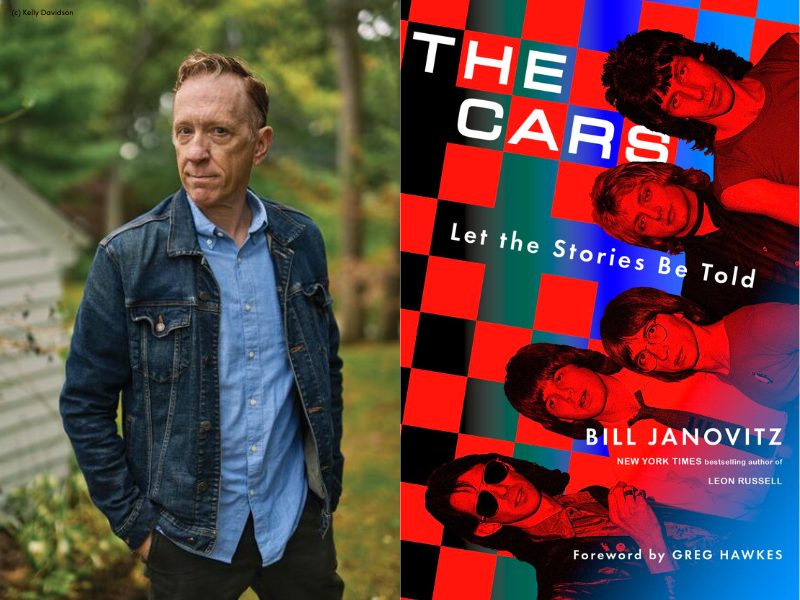















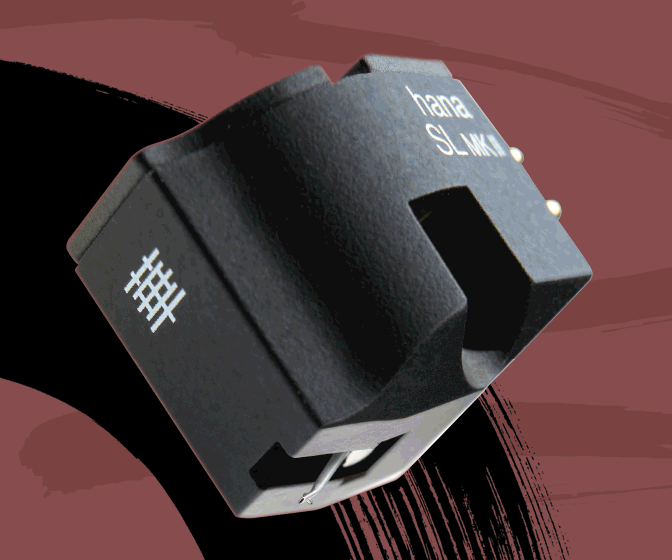


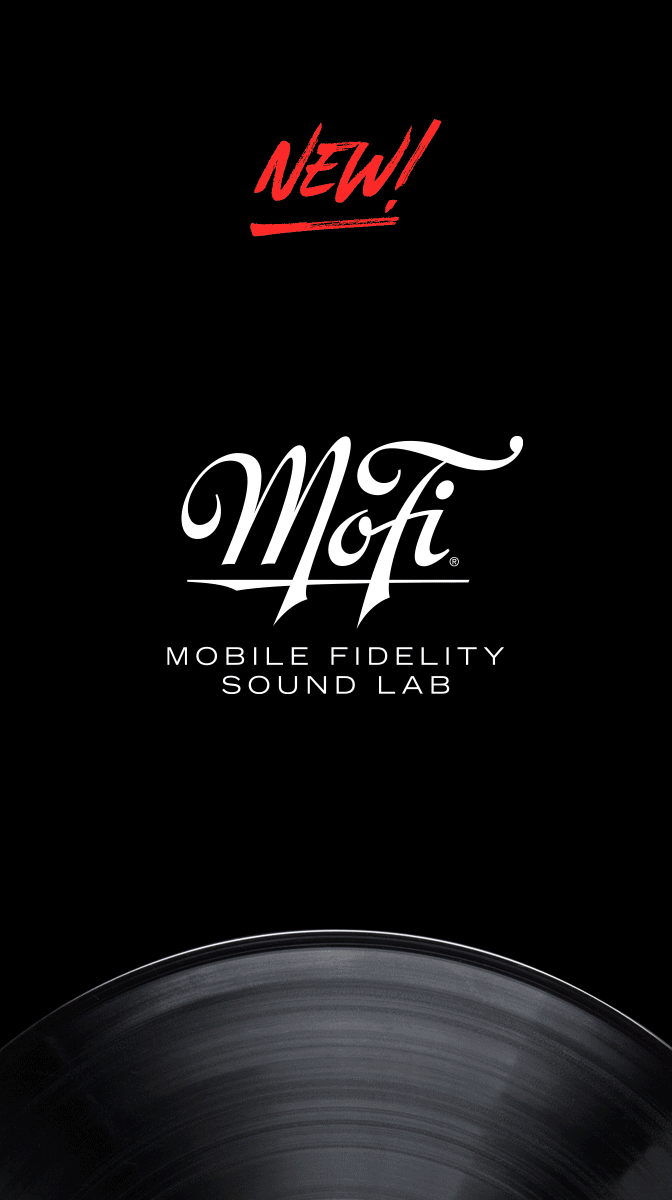





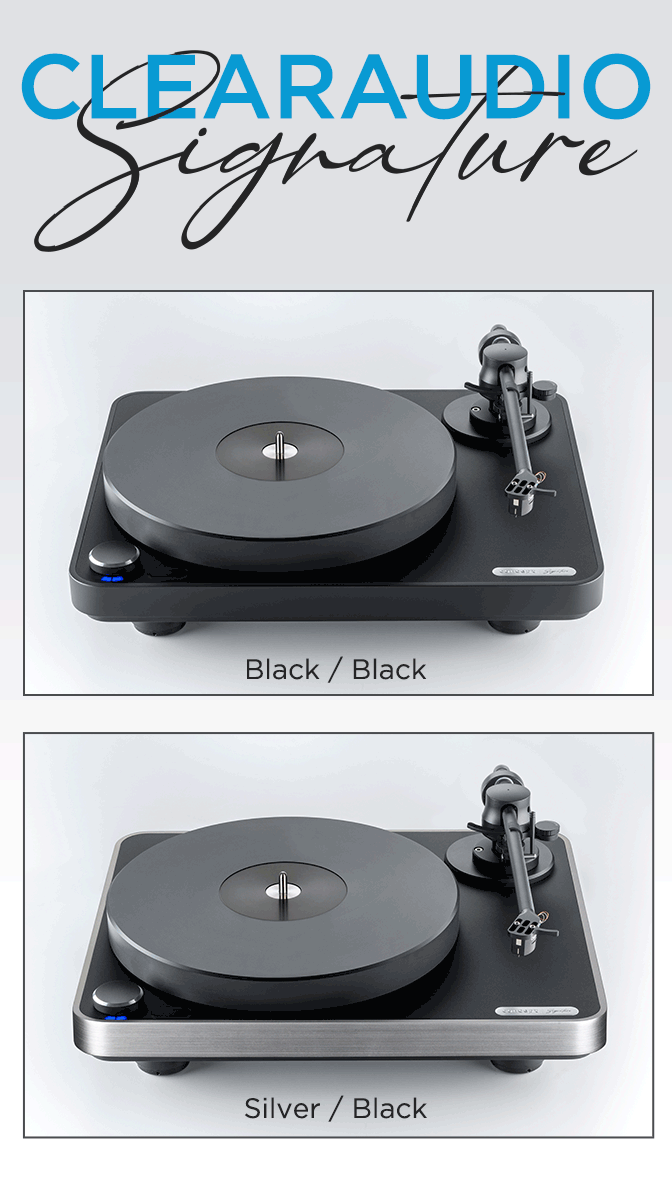
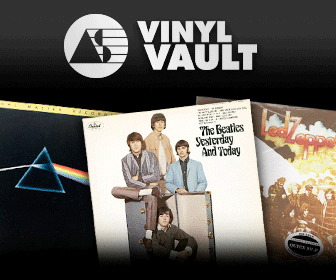





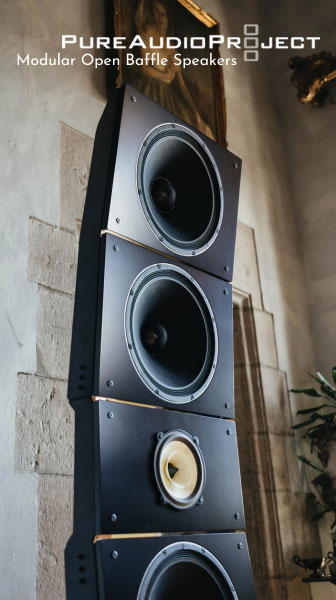






.png)








